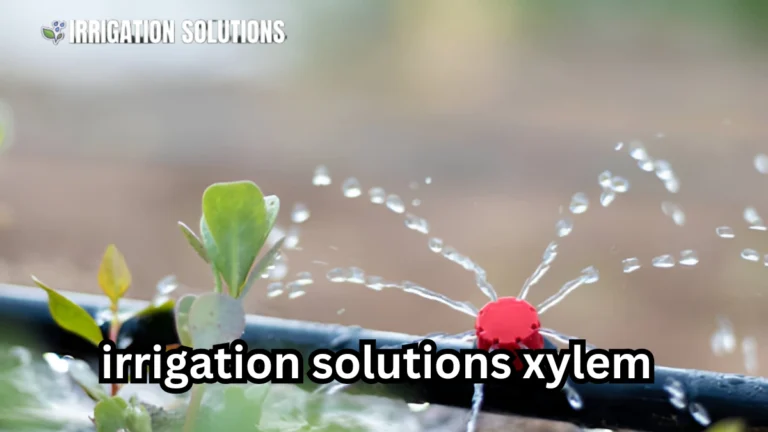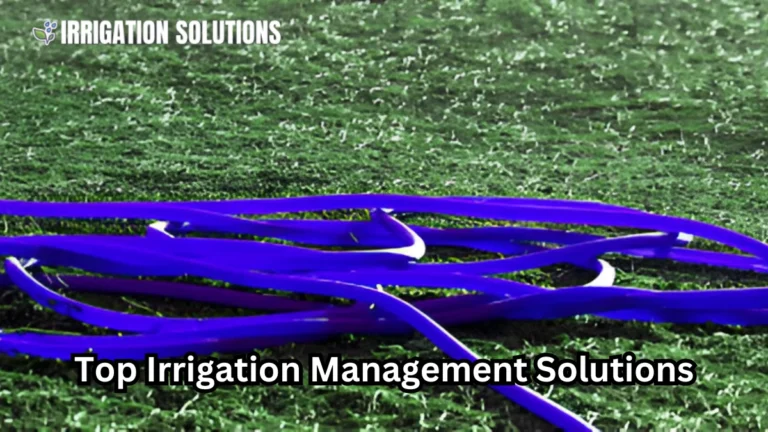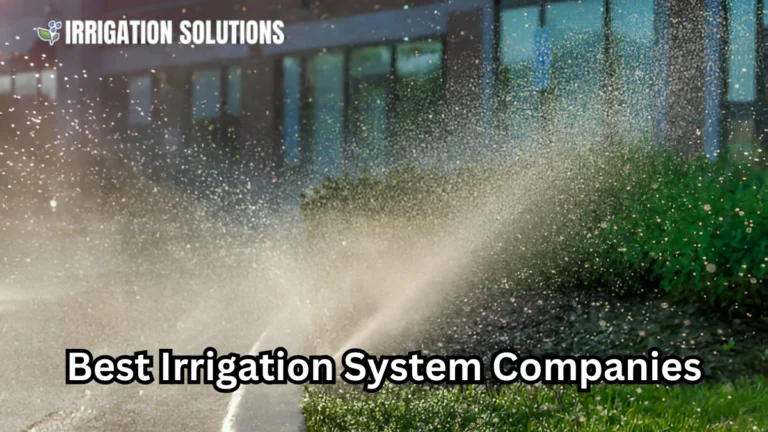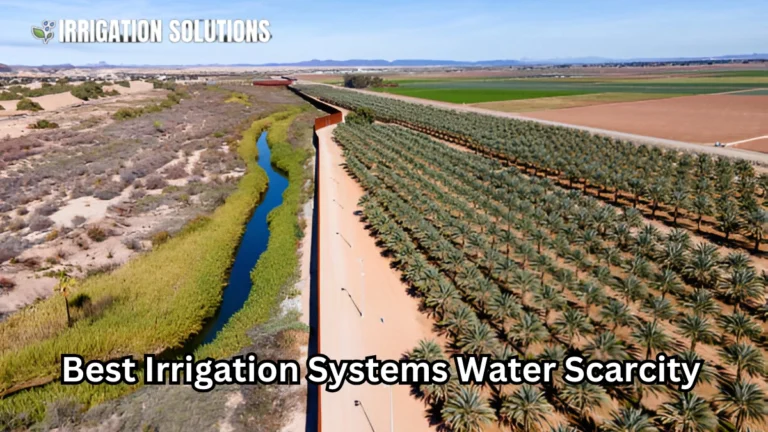top irrigation systems residential

Irrigation systems have revolutionized the way homeowners maintain their gardens, landscapes, and lawns. A well-designed irrigation system ensures that plants receive the right amount of water without waste, helping you save time, energy, and money. This guide dives deep into residential irrigation systems, exploring their types, benefits, installation processes, and much more.
Why Residential Irrigation Systems Matter
Efficient water management is critical for maintaining a healthy landscape, especially in regions with water scarcity or unpredictable weather. An irrigation system helps you:
- Save water by delivering it directly to where it’s needed.
- Prevent overwatering, which can lead to root rot and wasted resources.
- Save time, as you won’t need to manually water your garden.
- Increase property value, thanks to a lush and well-maintained landscape.
As environmental awareness grows, more homeowners are investing in sustainable irrigation solutions that not only reduce water usage but also improve their garden’s overall health.
Types of Residential Irrigation Systems
Choosing the right irrigation system depends on your yard’s size, layout, and specific needs. Here’s an overview of the most popular systems:
Drip Irrigation Systems
Drip irrigation delivers water directly to the roots of plants through a network of tubes, emitters, or perforated pipes.
Benefits:
- Minimizes water wastage due to evaporation.
- Ideal for gardens, flower beds, and potted plants.
- Reduces weed growth by targeting specific areas.
Best For: Homeowners with flower beds, vegetable gardens, or water-sensitive plants.
Sprinkler Systems
Sprinklers mimic rainfall by spraying water over large areas. They come in various designs, including stationary, oscillating, and rotating sprinklers.
Benefits:
- Covers large areas quickly.
- Suitable for lawns and open landscapes.
- Can be automated with timers.
Considerations:
- Higher water loss due to evaporation and wind drift.
- May not be ideal for uneven terrain.
Soaker Hoses
Soaker hoses are porous and release water slowly along their length. They’re often laid on the ground or buried under mulch.
Benefits:
- Simple and inexpensive.
- Reduces water runoff and evaporation.
- Perfect for dense planting areas.
Best For: Small gardens, flower beds, and shrubs.
Smart Irrigation Systems
Smart systems use technology to optimize water usage. They can be controlled via smartphone apps and adjust watering schedules based on weather forecasts or soil moisture levels.
Benefits:
- Maximizes efficiency with data driven watering.
- Reduces water bills significantly.
- Customizable for different zones in your yard.
Example: Brands like Rain Bird and Rachio offer highly efficient smart irrigation controllers.
Key Components of an Irrigation System
Every irrigation system, regardless of type, consists of the following essential components:
| Component | Function |
| Controller/Timer | Automates the watering schedule for convenience. |
| Valves | Controls the flow of water to different zones in the system. |
| Pipes and Tubing | Transports water from the source to the desired areas. |
| Emitters/Sprinkler Heads | Delivers water to plants or the soil, ensuring even distribution. |
| Pressure Regulator | Maintains consistent water pressure to prevent leaks or system damage. |
| Backflow Preventer | Protects your water supply from contamination by irrigation water. |
How to Choose the Right Irrigation System
Selecting the best system involves considering several factors:
- Landscape Type: Lawns, gardens, and flower beds may require different systems.
- Water Source: Ensure your system is compatible with municipal water, wells, or rainwater.
- Budget: Initial setup costs vary; weigh them against long term water savings.
- Maintenance Needs: Some systems require frequent checks, while others are more hands off.
- Climate: In arid regions, drip irrigation or smart systems may be ideal to conserve water.
Installation Process for Residential Irrigation Systems
Installing an irrigation system can be a DIY project for handy homeowners or left to professionals for larger, complex landscapes. Here’s a step by step guide:
Planning and Design
- Map Your Yard: Identify areas requiring irrigation.
- Determine Water Needs: Assess how much water each zone requires based on plant type and sunlight.
- Choose Your System: Decide between drip, sprinkler, or a hybrid solution.
Installation Steps
- Lay the Pipes: Dig trenches if needed and place pipes or hoses.
- Install Valves and Emitters: Ensure proper placement for even water distribution.
- Connect to a Water Source: Use a backflow preventer for safety.
- Test the System: Check for leaks and ensure even watering.
Costs
The cost of installing a residential irrigation system can range from $500 to $5,000, depending on the yard’s size, system type, and labor costs.
Maintenance Tips for Longevity
Regular maintenance ensures your irrigation system functions efficiently and lasts for years:
- Inspect for Leaks: Check pipes, hoses, and connections for damage.
- Clean Emitters and Sprinkler Heads: Prevent clogs caused by dirt or mineral buildup.
- Adjust Timers Seasonally: Reduce watering in cooler months to prevent overwatering.
- Winterize the System: In colder climates, drain the system to avoid freezing damage.
Case Study: Smart Irrigation Success Story
The Smith Family in Arizona implemented a smart irrigation system to combat water scarcity and rising bills. After installing a Rachio smart controller paired with drip irrigation, they reported:
- 30% Reduction in Water Bills: Accurate watering based on weather data saved water and money.
- Healthier Plants: Plants thrived with consistent, precise watering.
- Ease of Use: Remote control via a smartphone app made managing the system effortless.
This success story highlights the advantages of combining technology with thoughtful irrigation planning.
Environmental Benefits of Efficient Irrigation
Adopting a well-designed irrigation system benefits not only homeowners but also the planet:
- Reduces Water Waste: Systems like drip irrigation minimize runoff and evaporation.
- Promotes Biodiversity: Healthy landscapes attract pollinators and wildlife.
- Mitigates Urban Heat Islands: Lush greenery cools surrounding areas, reducing the overall temperature.
Final Thoughts
Residential irrigation systems are more than just a convenience; they’re an investment in sustainability and property value. Whether you choose a basic drip system or a high tech smart irrigation controller, the key lies in proper planning, installation, and maintenance. With the right setup, your landscape will thrive, and you’ll enjoy the satisfaction of conserving water and enhancing your home’s beauty.
Remember, the best irrigation system is one that meets your specific needs while supporting environmental conservation. Start planning today, and transform your yard into a lush, vibrant oasis!






